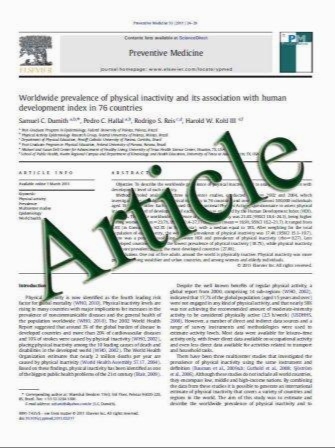Subtrochanteric fractures after long-term treatment with bisphosphonates: a European Society on Clinical and Economic Aspects of Osteoporosis and Osteoarthritis, and International Osteoporosis Foundation Working Group Report
- نوع فایل : کتاب
- زبان : انگلیسی
- مؤلف : R. Rizzoli & K. Åkesson &M. Bouxsein & J. A. Kanis & N. Napoli & S. Papapoulos & J.-Y. Reginster & C. Cooper
- چاپ و سال / کشور: 2010
Description
Summary This paper reviews the evidence for an association between atypical subtrochanteric fractures and longterm bisphosphonate use. Clinical case reports/reviews and case–control studies report this association, but retrospective phase III trial analyses show no increased risk. Bisphosphonate use may be associated with atypical subtrochanteric fractures, but the case is yet unproven. Introduction AWorking Group of the European Society on Clinical and Economic Aspects of Osteoporosis and Osteoarthritis and the International Osteoporosis Foundation has reviewed the evidence for a causal association between subtrochanteric fractures and long-term treatment with bisphosphonates, with the aim of identifying areas for further r Methods A PubMed search of literature from 1994 to May 2010 was performed using key search terms, and articles pertinent to subtrochanteric fractures following bisphosphonate use were analysed. Results Several clinical case reports and case reviews report a possible association between atypical fractures at the subtrochanteric region of the femur in bisphosphonatetreated patients. Common features of these ‘atypical’ fractures include prodromal pain, occurrence with minimal/ no trauma, a thickened diaphyseal cortex and transverse fracture pattern. Some small case–control studies report the same association, but a large register-based study and retrospective analyses of phase III trials of bisphosphonates do not show an increased risk of subtrochanteric fractures with bisphosphonate use. The number of atypical subtrochanteric fractures in association with bisphosphonates is an estimated one per 1,000 per year. It is recommended that physicians remain vigilant in assessing their patients treated with bisphosphonates for the treatment or prevention of osteoporosis and advise patients of the potential risks. Conclusions Bisphosphonate use may be associated with atypical subtrochanteric fractures, but the case is unproven and requires further research. Were the case to be proven, the risk–benefit ratio still remains favourable for use of bisphosphonates to prevent fractures.
Osteoporos Int (2011) 22:373–390 DOI 10.1007/s00198-010-1453-5 Received: 10 August 2010 / Accepted: 30 September 2010 / Published online: 18 November 2010


